Body Fluid Compartments
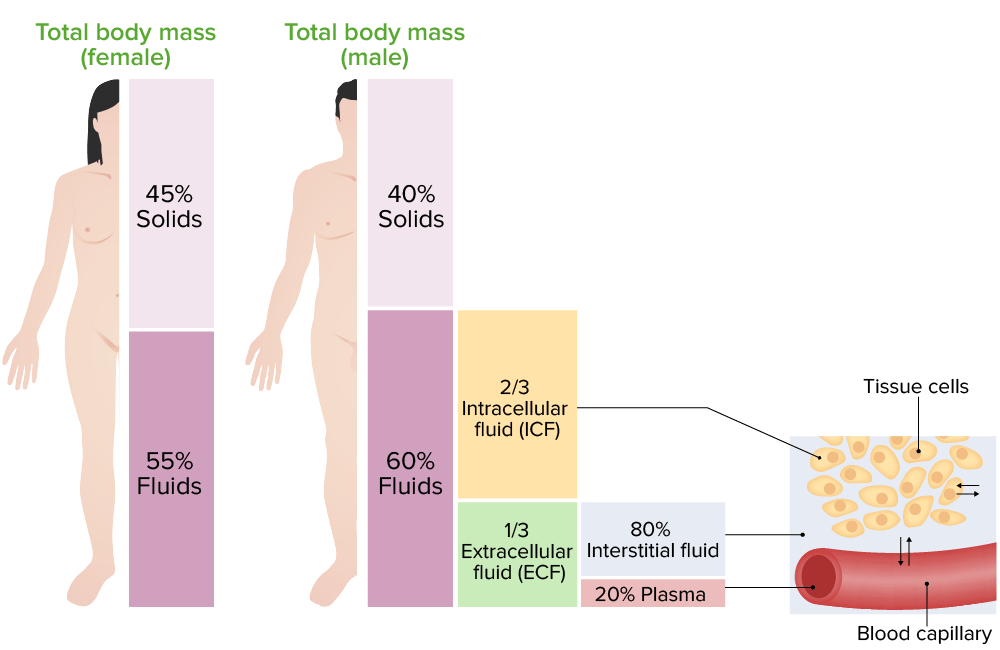
Overview Water in the adult human body makes up approximately 60% of the total body weight. The fluid is distributed in various organs, organ systems, and tissues. The sum of the water in these tissues is known as total body water. Body Fluid Compartments Overview The total body water is distributed primarily between 2 compartments, […]
Cardiovascular Response to Exercise
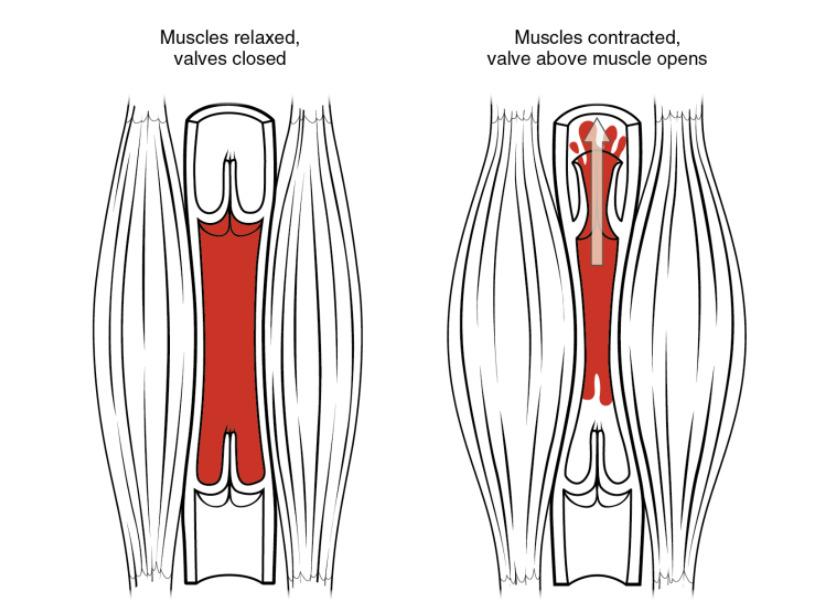
Physiology of Circulation Through Skeletal Muscle Normal blood flow to skeletal muscles Blood flow to skeletal muscles can increase > 20 fold during strenuous exercise. Regulation of blood flow to skeletal muscles Mechanical effects of muscle contraction affecting blood flow Effects of Resistance Exercise Effects of isometric muscle contraction During isometric contraction, blood flow is […]
Systemic and Special Circulations
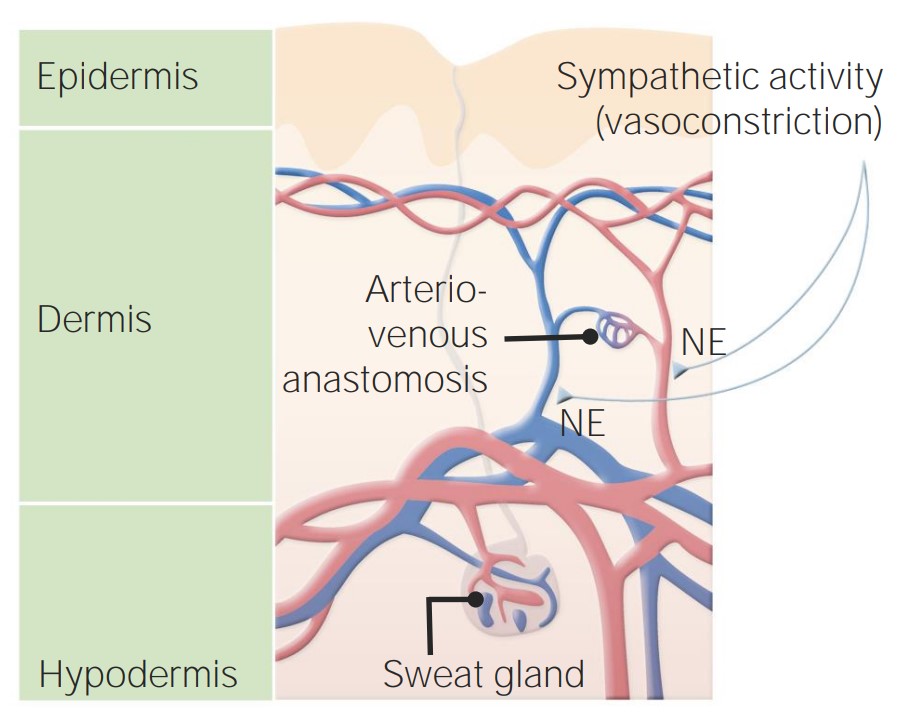
Overview of Systemic Circulation and Capillary Exchange Anatomy review of systemic and pulmonary circulation Blood flows through the heart and lungs in one direction, sequentially through the following structures: Distribution of blood flow Blood flow through and around capillaries Physiology of capillaries Functions: Starling forces applied to capillaries: Clinical relevance of increased hydrostatic pressure within […]
Arterial Pressure Regulation

Overview Mean arterial pressure (MAP) equations Mean arterial pressure is the average systemic arterial pressure. Factors affecting the mean arterial pressure Mean arterial pressure is primarily affected by the CO and SVR: CO = HR x stroke volume: Systemic vascular resistance is primarily affected by: Regulation by the ANS Sympathetic stimulation Sympathetic stimulation increases MAP, […]
Vascular Resistance, Flow, and Mean Arterial Pressure
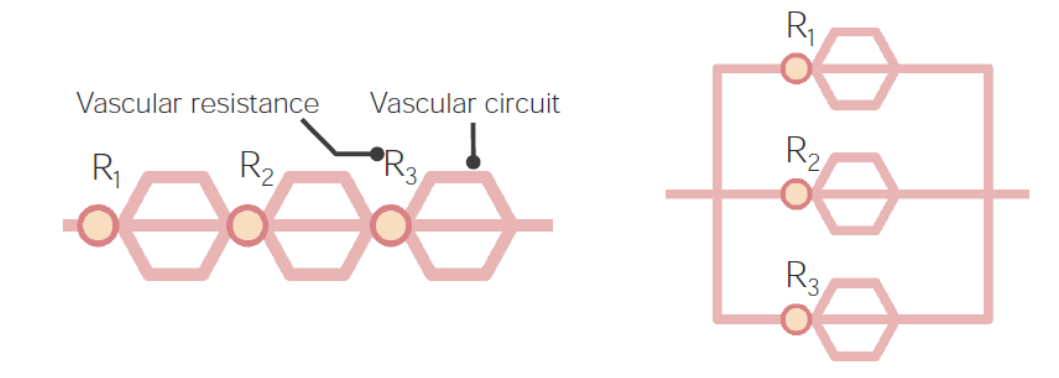
Flow, Pressure, and Resistance in Blood Vessels Overview Ohm’s law Ohm’s law is an important basic formula in physics. A derivation of Ohm’s law can be used to calculate blood flow.
Cardiac Mechanics
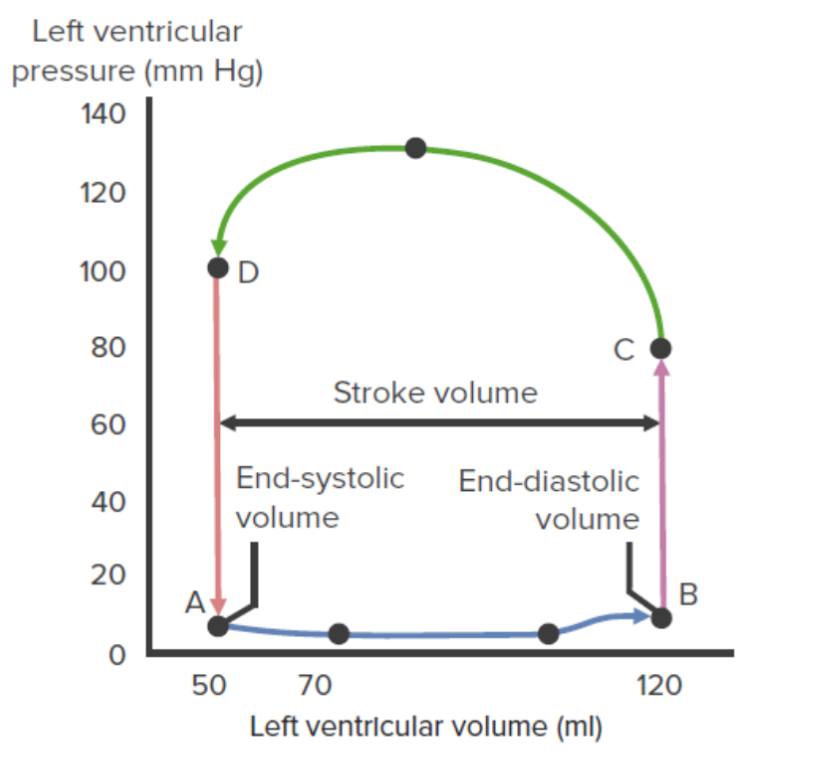
Overview of Cardiac Output Definitions Pressure volume loops Overview: Phases: Preload Definition Preload is a measure of how much the cardiomyocytes have stretched by the end of diastole. The Frank-Starling law is associated with preload effects on SV: ↑ preload = ↑ SV. Length–tension relationship The length–tension relationship explains how the Frank-Starling law works. This […]
Body Temperature Regulation
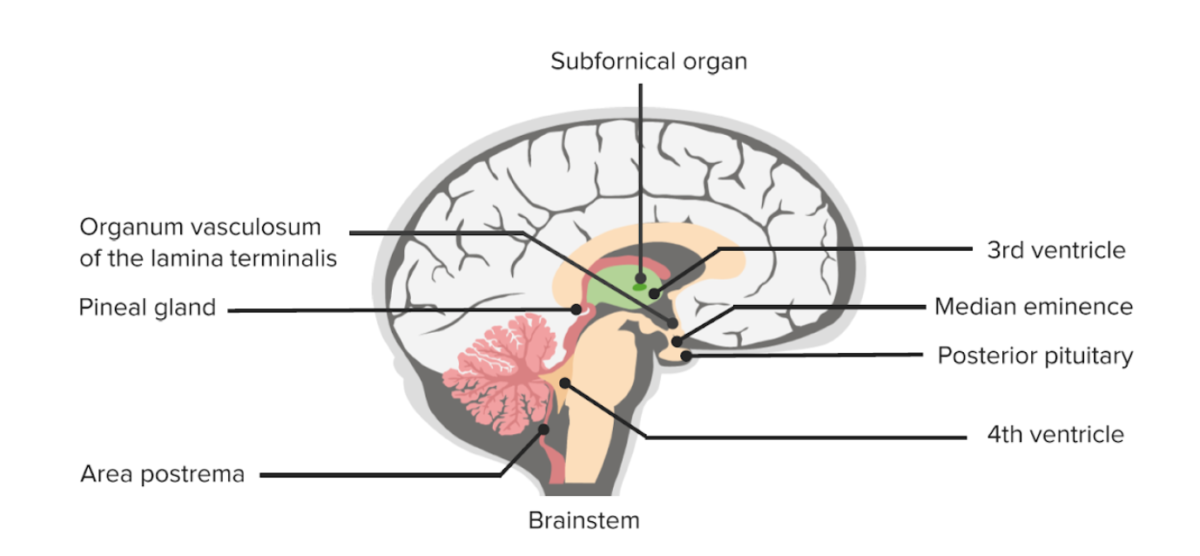
Introduction Overview Physiologic processes related to thermoregulation Afferent Thermoregulatory Pathway Peripheral temperature sensing Circumventricular organs (CVOs) Central Control and Efferent Responses Central control Efferent responses Four physiologic effectors are particularly important for thermoregulation in mammals: Conditions That Affect Thermoregulation Temperature Measurement Table: Sites for temperature measurement Site Strengths Weaknesses Axilla Easy to use Used when […]
Pain: Types and Pathways
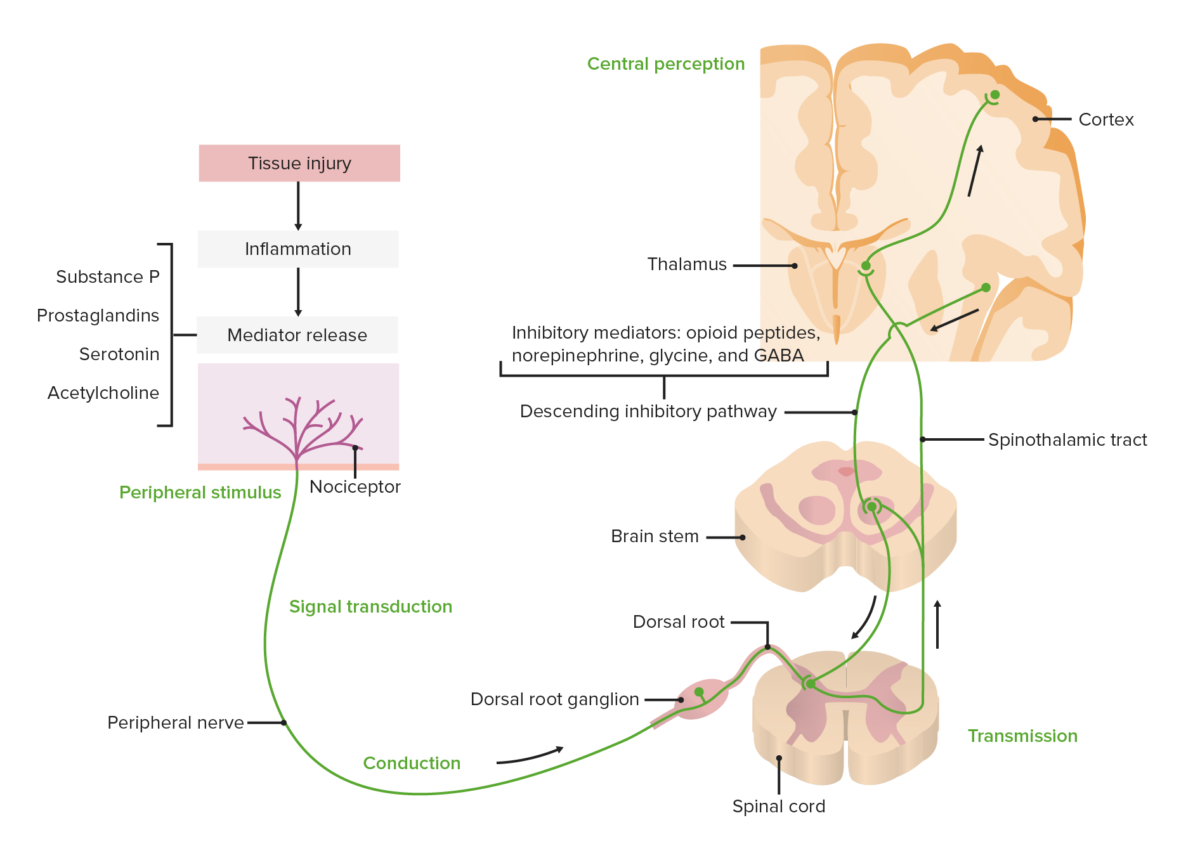
Overview Definitions Types of pain Table: Differences between acute and chronic pain Physiologic change Acute pain Chronic pain Vital signs May vary consistently with degree of pain severity No or minimal change Purpose of pain Useful Inhibits function and not useful Central sensitization Short term; improves with healing of injury Remains present despite absence of […]
Venous Function
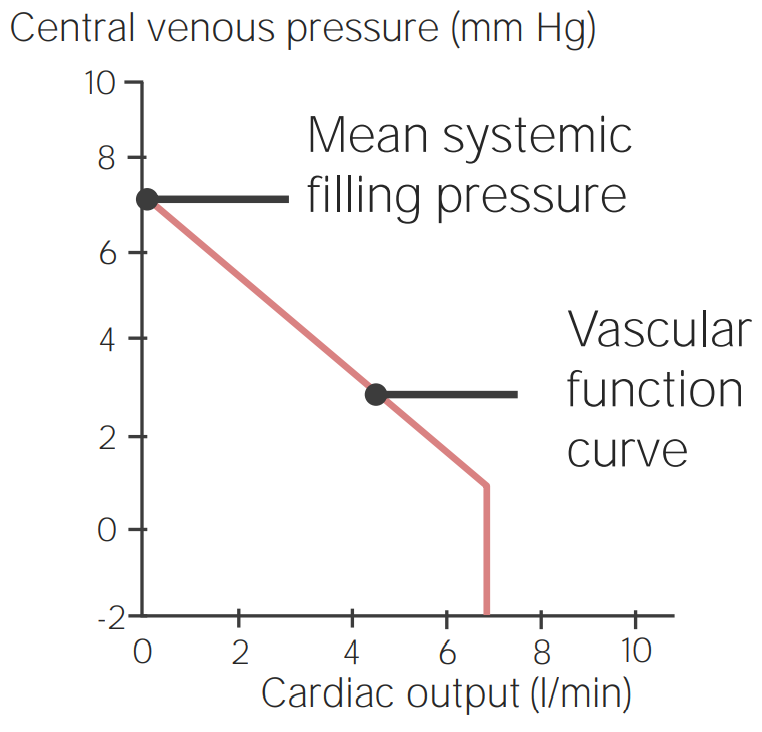
Properties of Veins and the Venous System Properties of veins Veins are tubular collections of cells that transport deoxygenated blood and waste products from capillaries in the periphery of the body back to the heart. Overcoming gravity: valves and muscle pumps Pressure in the venous system is too low to spontaneously push blood against gravity; […]
Liver Function Tests
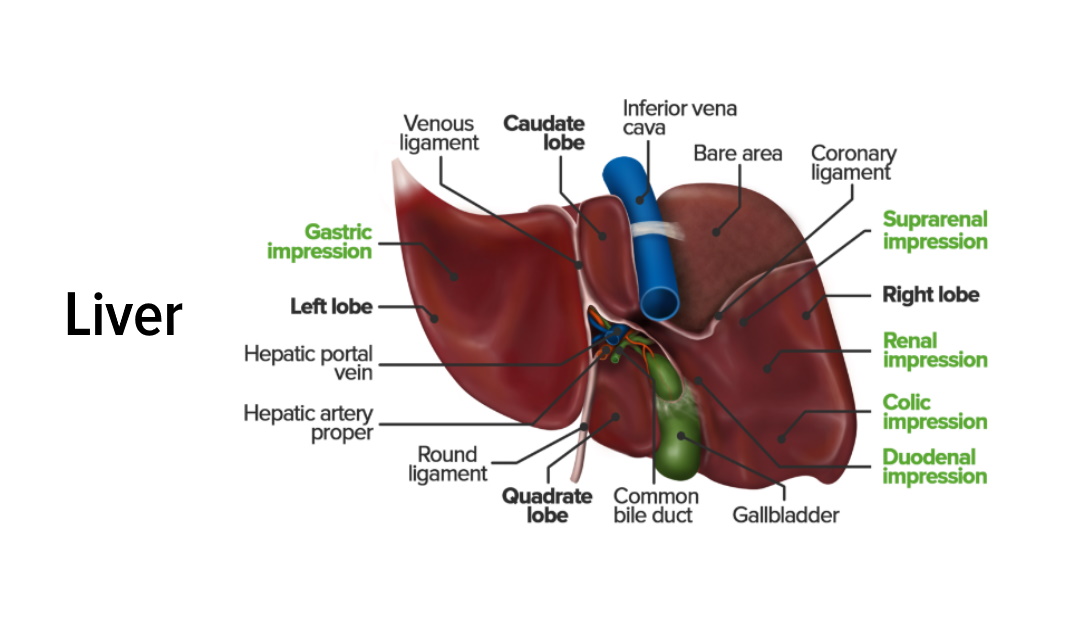
Introduction Hepatobiliary anatomy Hepatobiliary physiology Table: Enzyme patterns in liver disease Liver disease ALT and AST ALP Bilirubin GGTP PT Acute liver damage (e.g., viral hepatitis) ↑↑↑ > 10 times normal level Usually ALT > AST Normal or ↑ Normal or ↑ ↑ Normal Chronic liver damage (e.g., fatty liver) ↑↑ Normal or ↑ Normal […]